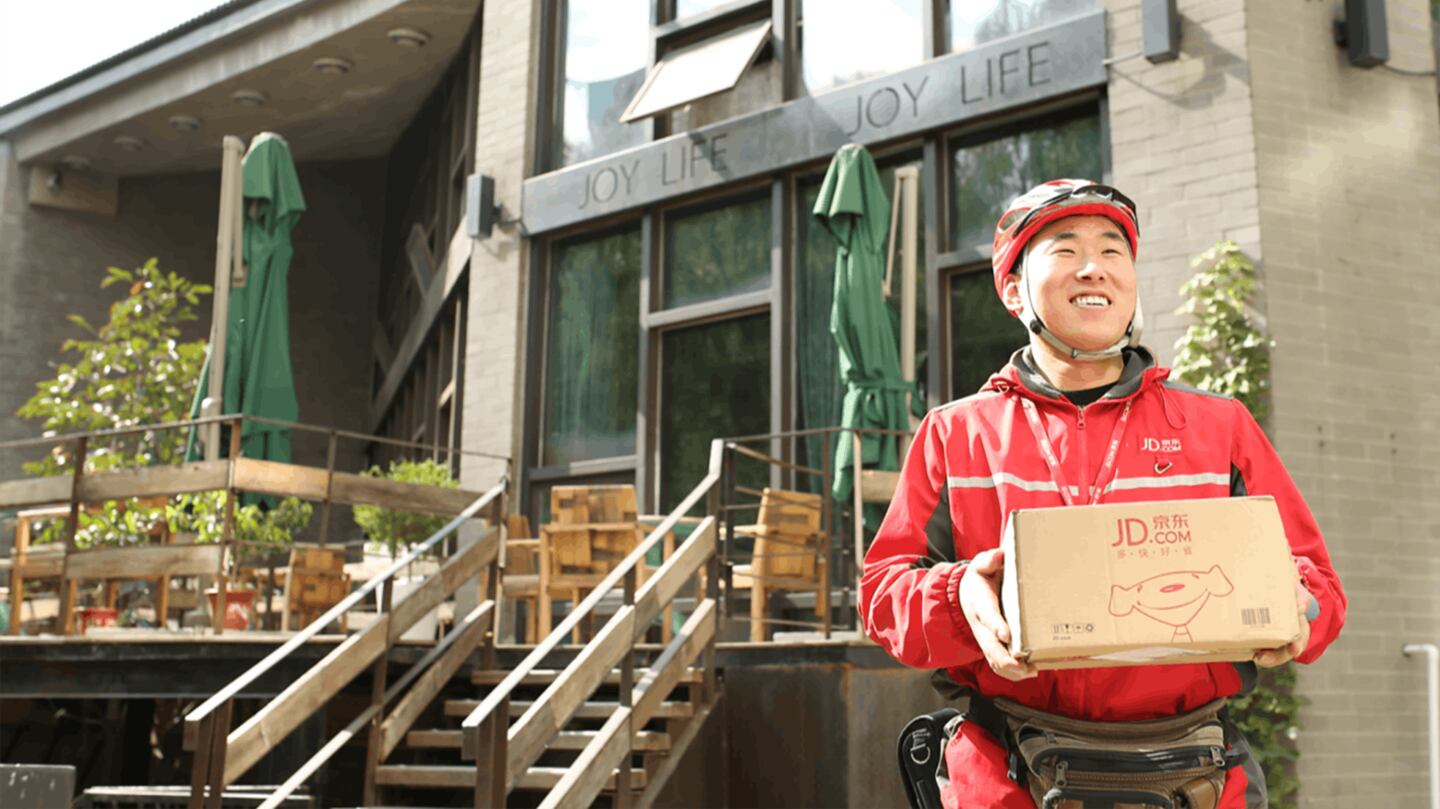
The Business of Fashion
Agenda-setting intelligence, analysis and advice for the global fashion community.

Agenda-setting intelligence, analysis and advice for the global fashion community.

TOKYO, Japan — Inflation is getting a fresh look in Asia.
Nowhere is the global e-commerce wave having more of an impact right now than in Asia, where the region’s burgeoning middle class is embracing clicks over mortar and companies are scrambling to meet their demand via new ventures or acquisitions.
In the process, old methods of measuring prices based on the in-store cost of a basket of goods are rapidly becoming outmoded. To keep up, finance ministries, central banks and statistics agencies from Mumbai to Manila are dispatching an army of economists to refine how they measure inflation — one of the most important statistics that policymakers watch.
The depressive impact on prices as shoppers trawl for bargains online is all part of a larger puzzle that financial authorities worldwide are grappling with: why inflation has remained subdued despite the fastest and broadly synchronized run of economic growth since 2011.
ADVERTISEMENT
"How to interpret this in monetary policy is an important issue," Asian Development Bank president Takehiko Nakao said in an interview. "I am more concerned, or interested, in the evolution of e-commerce than AI and robots."
E-commerce revenue is expected to hit $1.74 trillion this year across the Asia-Pacific region, about 18 percent of overall retail sales, according to eMarketer. Online purchases are projected to almost double to $3.3 trillion by 2021, bringing the share to 28 percent.
To tap that growth, hardly a week goes by without an e-commerce retailer announcing aggressive expansion plans in Asia, the world’s most economically dynamic region. EBay Inc., operator of the namesake online marketplace, is close to a deal for the Japanese assets of e-commerce site Qoo10, a person familiar with the matter said.
In China, online retailer JD.com Inc. has opened a high-tech supermarket in Beijing, the first of a planned chain. Tencent Holdings Ltd. plans to invest in French grocer Carrefour SA’s China unit; Alibaba Group Holding Ltd. bought a slice of China’s largest hypermart chain Sun Art Retail Group Ltd. to compete against Wal-Mart Stores Inc. in a push to transform traditional grocery and department stores. And the list goes on in Australia, India and Japan.
“It’s a challenge to catch up with all the shifts happening in consumer spending," said Taijiro Ako, the director of consumer statistics division at Japan’s Statistics Bureau of Ministry of Internal Affairs and Communications. "We are trying to improve our coverage of online shopping."
To be sure, few suggest that online shopping will edge out commodities, food and weather as the dominant forces driving inflation. But the “Amazon effect,” together with eye-popping e-commerce growth forecasts, have policy makers scrambling to understand what it’s doing to their economies.
“The issue I always ask myself: Do we really understand what inflation is today?” Min Zhu, a former top official at China’s central bank and the International Monetary Fund, said on a panel at Davos in January. “With technology, with e-commerce, with artificial intelligence, efficiency has increased dramatically and transaction costs have dropped dramatically. Competition through e-commerce platforms has dropped prices quickly.”
The e-commerce fever is felt among private-sector watchers, too.
ADVERTISEMENT
Economists at Nomura Inc. named the "Amazonification of inflation" as one of its 10 "grey swans" for 2018. Analysts at Bain & Co. are watching how the shortening of shipping times, including through the likes of Amazon, also are depressing prices.
“What Amazon is enabling is this dispersion of retail to farther and farther areas,” said Karen Harris, New York-based managing director of Bain & Co’s Macro Trends group. “Delivery technology allows deflation to spread.”
Craig Swanger, a Sydney-based director and chief investment officer of financial services firm Revolver Capital, has ramped up his monitoring of the e-commerce effect over the last year. His “Amazon Inflation Index” shows the yawning gap between price growth for goods sold on the e-commerce giant and its peers in the US versus items in the US consumer price index that aren’t available online. It’s a trend he says will be increasingly replicated in Asia.
The upside potential for e-commerce in Asia — and the risk of lower inflation for longer — is great, he said. “I think we have an incredible way to go yet."
By Enda Curran, Michelle Jamrisko and Michael Heath; editors: Malcolm Scott, Brian Bremner.
From analysis of the global fashion and beauty industries to career and personal advice, BoF’s founder and CEO, Imran Amed, will be answering your questions on Sunday, February 18, 2024 during London Fashion Week.
The State of Fashion 2024 breaks down the 10 themes that will define the industry in the year ahead.
Imran Amed reviews the most important fashion stories of the year and shares his predictions on what this means for the industry in 2024.
After three days of inspiring talks, guests closed out BoF’s gathering for big thinkers with a black tie gala followed by an intimate performance from Rita Ora — guest starring Billy Porter.